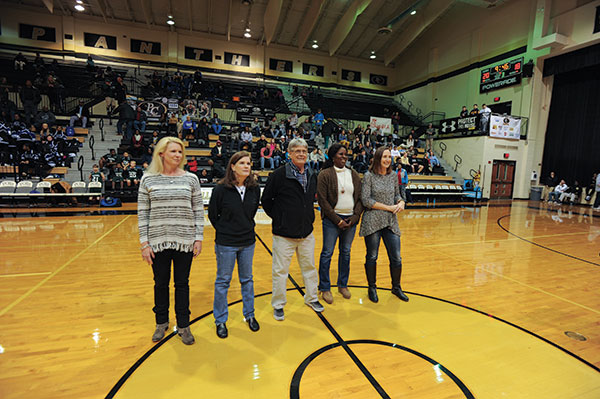
Thirty years after remarkable state championship basketball run,
Lady Panthers still winning – at life
Story by Paul South
Photos by Wallace Bromberg Jr.
and Melissa Purvis McClain
When Larry Slater arrived at Pell City High School from Lawrence County in 1987, the Lady Panthers were mired in a girls’ basketball backwater.
“They had a token program at best,” Slater said. “I think they had only played like 10 games the year before. They had a team just to meet the requirements of Title IX – barely.”
In a single season, all that changed. Slater and a group of young ladies with a blue-collar work ethic that mirrored their hometown transformed the Lady Panthers from patsy to powerhouse.
You could call it the “Mill Town Miracle.”
Thirty years later, the 1988 5A State Champions are still winning, as successful in life as they were on the court.
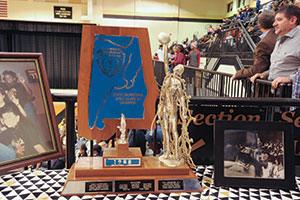 And looking back, some call it “amazing,” others compare it to a fairy tale. But Tonya Tice Peoples, who came to Pell City from Lawrence County when her Dad, Mike Tice, became Pell City’s head football coach and hired Slater as the girls’ hoops coach, puts it more simply:
And looking back, some call it “amazing,” others compare it to a fairy tale. But Tonya Tice Peoples, who came to Pell City from Lawrence County when her Dad, Mike Tice, became Pell City’s head football coach and hired Slater as the girls’ hoops coach, puts it more simply:
“… There were no individuals. That’s why the bond is what it is. You can be on a team but not really experience team. If you are ever on a team, and you experience team, you’ll never forget it.”
“There’s a difference, being on a team and actually being able to experience experiencing team. That’s when you don’t have people who are so individual and want to make it about themselves. That’s what I’d want people to know about our team,” she said.
There is so much more to know. From the first day Slater came to Pell City, his new players learned quickly that there was a new sheriff in town. And Slater learned something about his players. He had coached Tice Peoples and Danielle Fields Frye in AAU summer leagues, but everything else was unknown.
“I knew going in that I had two really good ballplayers – Danielle and Tonya – and then the rest was just astonishing, as far as the girls and their hunger for basketball and willingness to work, and everything was amazing.”
And his girls from the blue-collar town were ready to work. Slater, who began as a teacher at the middle school, found that out right away.
“The Pell City kids would come from the high school to the middle school where I was, and the kids would yell, ‘Hey Coach, are you going to open the gym tonight? ‘And I thought, “Man, I’ve died and gone to heaven. That’s how it started.”
The gates to Slater’s basketball heaven opened earlier. The preceding summer, he opened the gym daily, so the girls could shoot. The road to a state title began there. In those grueling practices, in summer and throughout the season, the light began to come on for the Lady Panthers, said Melissa Purvis McClain.
“To be honest, it was Coach Slater. We were all like sponges when it came to him and his instruction and his philosophy and his game plan. We began to see that if we execute his game plan we will do this. I think for a lot of the players who had already been there, they finally had someone who believed in them and who pushed them. I was not only learning his ways and his philosophy, I was learning the game of basketball at the same time,” Purvis McClain said.
The gym would be open, and players would stay late, working on their game. It was a demanding regimen, executing a run-and-gun Loyola-Marymount-style offense and a relentlessly-pressing Big 10-style defense. But from day one, the players – starving to win – embraced the new coach and his style.
“It was all about making us better people and better players. A lot of it was him. He was hard on us. He demanded excellence, and if you didn’t deliver it, we ran for it. It was just gradually building confidence that we could go out there and win games.”
And win games they did, a new sensation for the Lady Panthers, said Danielle Fields Frye. She had played in two of the lean seasons before Slater’s arrival
“Pell City Girls Basketball had never had a winning season, to the point where what our team did,” Frye said. “We had a few wins here or there, but no one ever considered us much of a threat. We came from nowhere.”
At that time, the universe of prep girls’ basketball in Alabama consisted of Hartselle, Sylacauga, Athens, schools in the big cities like Birmingham, Mobile, Montgomery and Huntsville.
“For us, we literally came from out of nowhere,” Frye said. ‘It was like (the movie) Hoosiers.”
By the numbers, the Lady Panthers went 26-1 in 1987-88, including three wins over rival Sylacauga, the Aggies only losses of the year.
And the greatest win, the one grown folks still talk about in Pell City, came over a girls’ basketball machine, the nationally-ranked Hartselle Lady Tigers in the state title game. Hartselle had won 62 straight games from 1984-86. Compounding the drama: Slater’s daughter Jeanice was a starter for Hartselle.
“The publicity was unreal as far as Jeanice and I playing against each other in the championship game,” Slater said. “It was packed for the first time ever.”
Panther fans had an admonition for their coach, because of his family tie.
“Some of ‘em would say, ‘Now Coach, we know you love your little girl, but you have an obligation to these girls,’” Slater said with a laugh.
And as hard as the Lady Panthers worked, there was also a team chemistry that went beyond the gym – trips to KFC, movie nights, and so on. The team was a unit. And, they also possessed a twinkle of mischief.
A few days before the Final Four, an unhappy Slater bounced his starters from practice.
“We went and got some toilet paper and started rolling Coach’s car,” Tice Peoples remembered. “A police officer came up. We got scared, but she told us we weren’t doing it right. She helped us roll the car.”
That was just one example of a town’s embrace of a team. Townspeople raised money to support the team and bought team gear. Lady Panther Basketball sweatshirts were a hot item in shops where storefronts were painted black and gold. It was that way all the way to the finals.
The Championship Game
The Lady Panthers trailed by two and had the ball. As Tice Peoples moved up the floor, she looked to the sidelines to get Slater’s instruction. The arena at Calhoun Community College in Decatur was jammed with a standing-room-only crowd. Even 30 years on, Slater and his players recalled the breathtaking details of those closing seconds.
A Hartselle defender knocked the ball away from behind but was quickly fouled by Pell City’s April Hughes with 8.3 seconds left. The Tiger player had entered the game with 1:38 left, replacing Jeanice Slater, who had fouled out. Pell City’s coach called a time out to ice the shooter, who went to the line to shoot a one and one.
Slater then called a familiar play: “Sideline break, make or miss, with Tonya shooting the three.” It was a play the Lady Panthers practiced nearly every day.
The Hartselle shooter missed. And Danielle Fields Frye grabbed the rebound.
“I really didn’t have to fight for it,” Frye said of her big board. She passed the ball quickly to Tice Peoples. Hartselle crowded the lane, expecting the talented guard to drive to the basket. Instead, she stopped to the right of the key, outside the three-point line and drilled the shot, giving Pell City the lead with four seconds left.
A stunned Tiger team failed to call a time out. Precious seconds drained from the clock. And the Panthers’ astonishing run was complete. Final score: 77-76, Lady Panthers. Keep in mind, Pell City trailed by 15 in the third quarter.
Thirty years later, Tice Peoples’ only remembered emotion heading into the game-winning bucket was anger at giving up a turnover.
“He looks right at me and says, ‘You’re going to shoot the three. You’re going to take the shot,’” she said. “I wasn’t nervous, because I was still mad about what had happened.” So, I was ready to make a play mentally. I just was hoping she didn’t make the shot. Everybody just did their job. We had practiced it. Everybody was underneath in case I did miss it, and it goes in.”
History made. The Pell City High School Lady Panthers were champions, the school’s first state title team in the history of the AHSAA playoff format in any sport. But Slater believes the upset win meant more than a championship for one school. It was a landmark win in the history of girls’ prep sports in Alabama, a state that at one-time prohibited girls’ sports.
“Some people don’t like for me to say it, but I’m going to say it anyway,” Slater said. “It really helped launch girls’ basketball in the state of Alabama.”
Still Winners
The years have flown like a Lady Panther fast break. Some of the Lady Panthers went on to play college basketball at Auburn, Alabama, Troy, the University of Montevallo and Columbus College. Slater went on after two sparkling years at Pell City to become a successful junior college coach at Wallace-Hanceville, recruiting some of his former Pell City stars along the way.
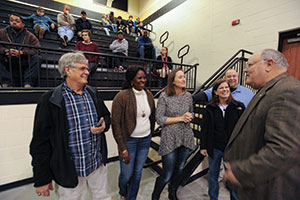 Like Slater, Tonya Tice Peoples became a teacher and coach. After working in NASCAR, Danielle Fields Frye is director of community engagement for the United States Auto Club (USAC) and lives with her husband and two daughters outside Indianapolis. Melissa Purvis McClain is an engineer. Erica Collins Johnson, like McClain, is still in Pell City. Alicia Moss Ogletree and Kathy Vaughn – a distinguished military veteran — are still in the area as well. April Hughes is in the fashion industry in New York.
Like Slater, Tonya Tice Peoples became a teacher and coach. After working in NASCAR, Danielle Fields Frye is director of community engagement for the United States Auto Club (USAC) and lives with her husband and two daughters outside Indianapolis. Melissa Purvis McClain is an engineer. Erica Collins Johnson, like McClain, is still in Pell City. Alicia Moss Ogletree and Kathy Vaughn – a distinguished military veteran — are still in the area as well. April Hughes is in the fashion industry in New York.
Sadly, one beloved teammate, Nikki Golden, passed away a few years after the fairy tale season. Collins-Johnson’s Mom Alice, one of the team’s most devoted fans, died a few months after the championship.
Slater has kept up with them all. And they with him. Many of his former players say he was “a second Dad.” He’s followed them through their lives and now keeps up with their children. If he had to sum up his team after 30 years, he said, it’s about more than basketball. And that’s the way he wanted it all along.
“They were not to be denied,” he said. “They wanted to play the game. And they wanted to be good at the game. I think that last ballgame just showed the sheer determination of that team. Not just one person. It was April Hughes committing the foul. It was Danielle getting the rebound on the missed free throw. Tonya making the shot. It’s unreal what the kids accomplished – then and now.”











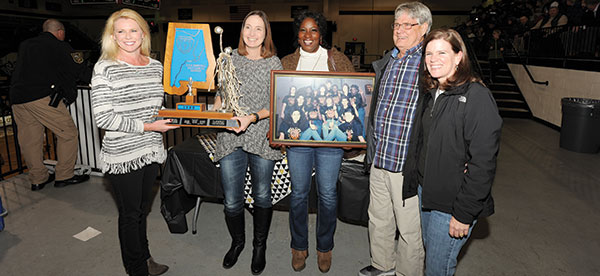
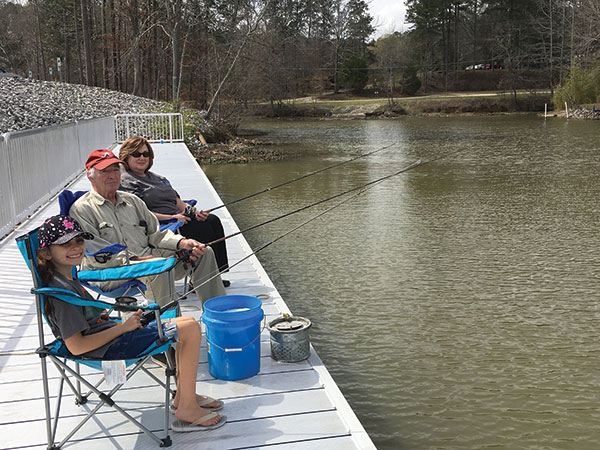
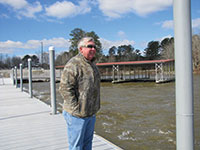 His voice cracked with emotion as he recalled camping with family near the lake. “I still remember my Mama making gravy and biscuits when we would be in our camper out there,” Brown said. “I’ve got a lot of great memories there.”
His voice cracked with emotion as he recalled camping with family near the lake. “I still remember my Mama making gravy and biscuits when we would be in our camper out there,” Brown said. “I’ve got a lot of great memories there.”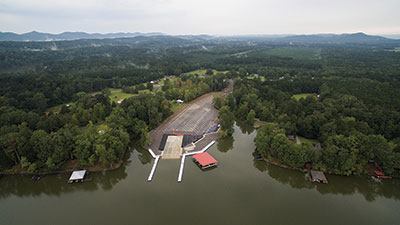 Gene Phifer, president of the Neely Henry Lake Association, said the new launch has created a positive buzz.
Gene Phifer, president of the Neely Henry Lake Association, said the new launch has created a positive buzz.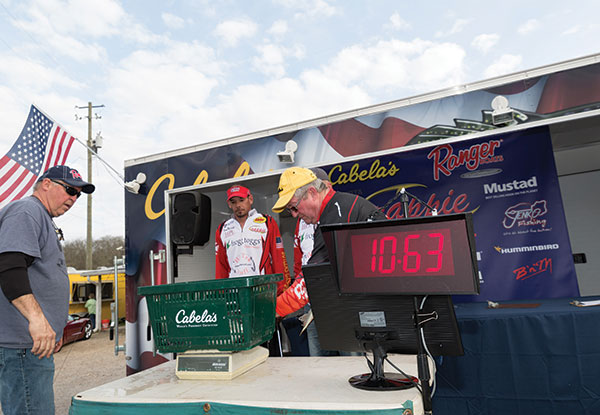
 Hayden Bartee
Hayden Bartee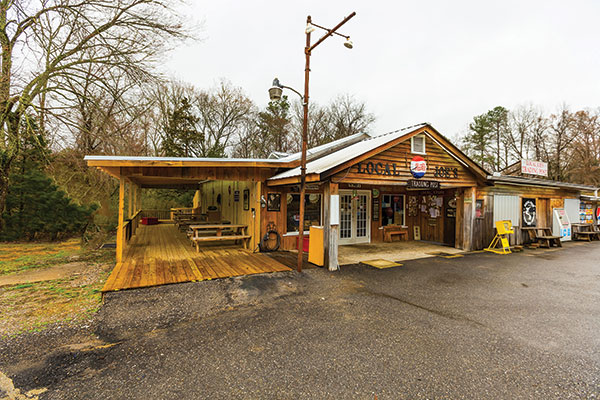
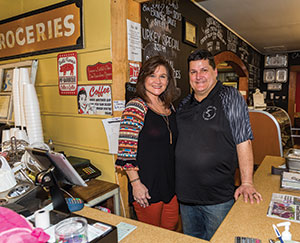 Two signs that bring on lots of giggles are, “Fanny’s Rest Stop, Eat Here and Get Gas,” along with a more modern proclamation, “What happens here will be posted on Facebook.” The large hoop cheese slicer is more than 100 years old and is still in use. Tshirts are sold bearing the outline of the state of Alabama, with the latitude and longitude of Rainbow City and Alexandria prominent, because there’s a Local Joe’s in each city.
Two signs that bring on lots of giggles are, “Fanny’s Rest Stop, Eat Here and Get Gas,” along with a more modern proclamation, “What happens here will be posted on Facebook.” The large hoop cheese slicer is more than 100 years old and is still in use. Tshirts are sold bearing the outline of the state of Alabama, with the latitude and longitude of Rainbow City and Alexandria prominent, because there’s a Local Joe’s in each city.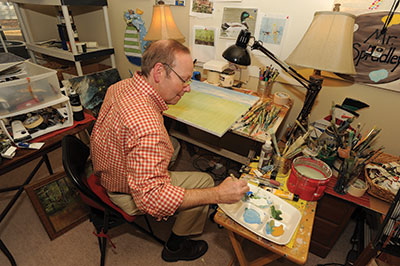
 “It is our honor to decorate our home state tree and help the nation celebrate the holidays in one of our most recognizable parks,” said Valerie White, director of Heritage Hall Museum. “We are all excited to be part of the ‘America Celebrates’ display. It gives us an opportunity to show our pride in our state’s artistic talent, stunning natural wonders and vibrant cultural heritage.”
“It is our honor to decorate our home state tree and help the nation celebrate the holidays in one of our most recognizable parks,” said Valerie White, director of Heritage Hall Museum. “We are all excited to be part of the ‘America Celebrates’ display. It gives us an opportunity to show our pride in our state’s artistic talent, stunning natural wonders and vibrant cultural heritage.”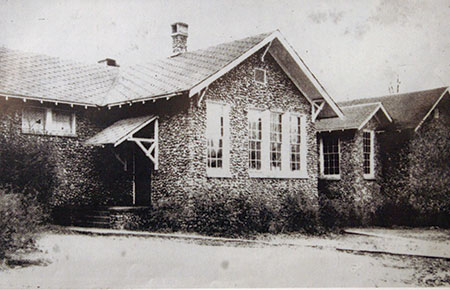
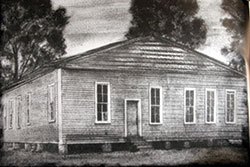 Eden school has storied history
Eden school has storied history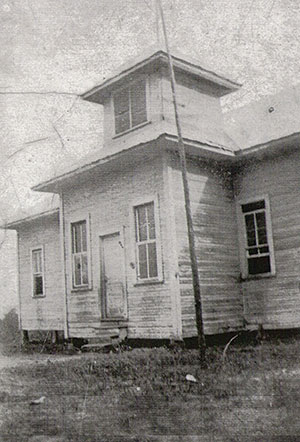 Early 20th Century schools no longer here
Early 20th Century schools no longer here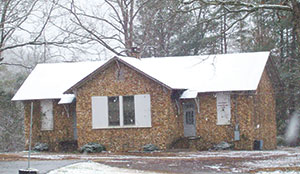 Friendship School, of field-stone construction, still stands today and is owned and used by Friendship Baptist Church. Though the date of origin is obscure, in the 1920s, C.J. Donahoo was principal, and Mrs. Bertha Bowlin was a teacher.
Friendship School, of field-stone construction, still stands today and is owned and used by Friendship Baptist Church. Though the date of origin is obscure, in the 1920s, C.J. Donahoo was principal, and Mrs. Bertha Bowlin was a teacher.